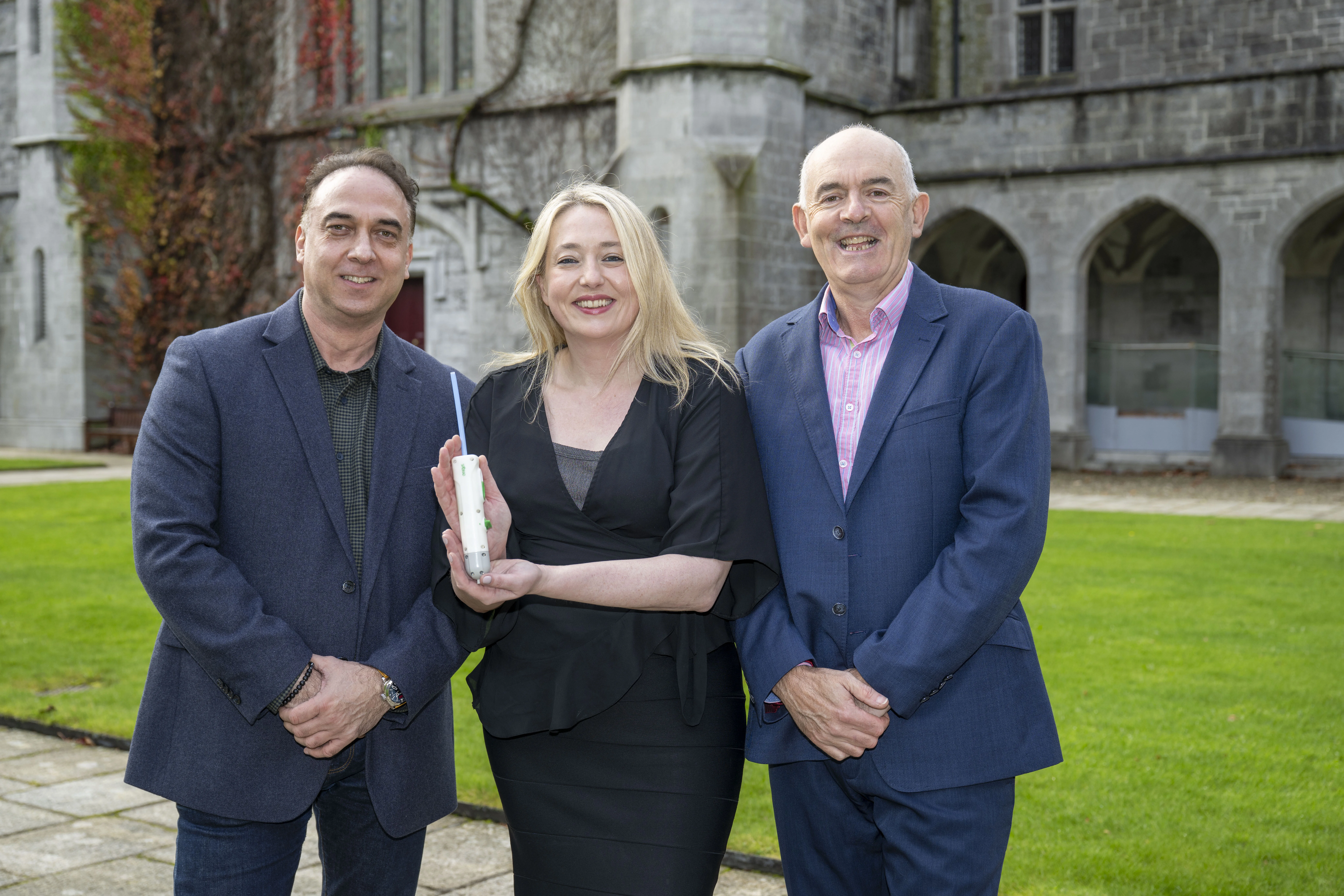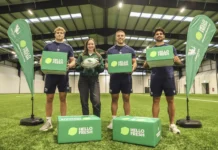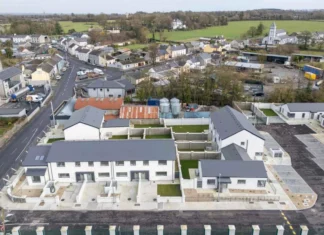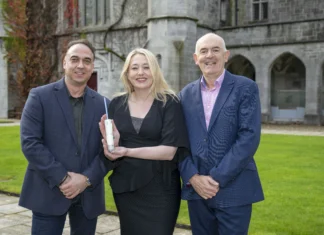A total of 1,072 vehicles were detected travelling over the speed limit on National Slow Down Day which ran from 7am yesterday until 7am this morning.
The aim of the garda operation was to remind drivers of the dangers of speeding and to reduce the number of speed-related collisions, save lives and reduce injuries on our roads.
More road deaths have been recorded so far this year compared to last year, despite the historic low traffic volumes due to the COVID-19 restrictions.
Galway Cycling Campaign welcomed the 24-hour operation, but said that every day should be National Slow Down Day.
Martina Callanan, spokesperson for Galway Cycling Campaign, said: “The research is stark. If you are walking to the shop and a person driving at 60km/h hits you, there’s a 90% chance your family will be gathering for your socially-distant funeral.
“If you are cycling to the local café and are hit by a car travelling at 30km/h, there’s a 90% chance you will survive and be able to return to your favourite coffee shop one day.
“We appeal again to the Minister for Transport, Tourism and Sport to take out his pen and sign a ministerial order to lower speed limits to 30km/h in areas where people walking and cycling are sharing space with cars, buses, trucks and HGVs. This will save lives.”
Calling for more patience and empathy from different road users, Kevin Jennings, Chair of Galway Cycling Campaign, added: “We welcome enforcement and speed vans all over our city and county tomorrow – and every day.
“We need a cultural change on our roads. Responsible driving is critical at all times, and particularly now during coronavirus.”
He explained the two metre social distancing requirement frequently forces people to step off narrow paths out onto carriageways to avoid contact with other people walking. People cycling usually give two metres social distance to people walking too.
“This means people on bikes must move into the primary position in the middle of the lane, which is difficult when motor vehicles are moving at speed.
“People should not have to choose between risk of death by road traffic collision or risk of contracting a deadly viral infection.”












